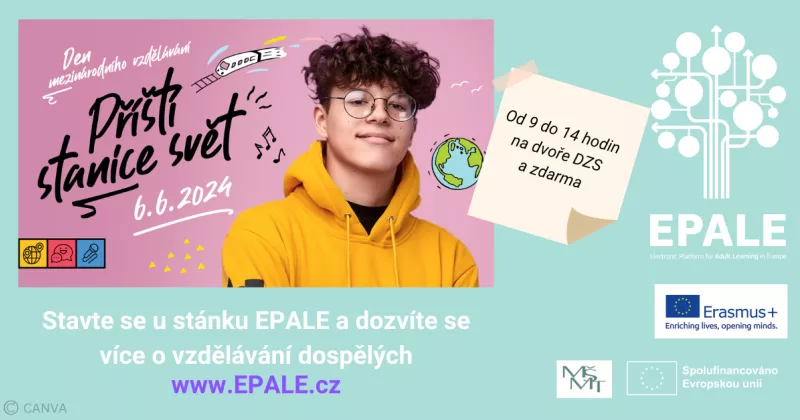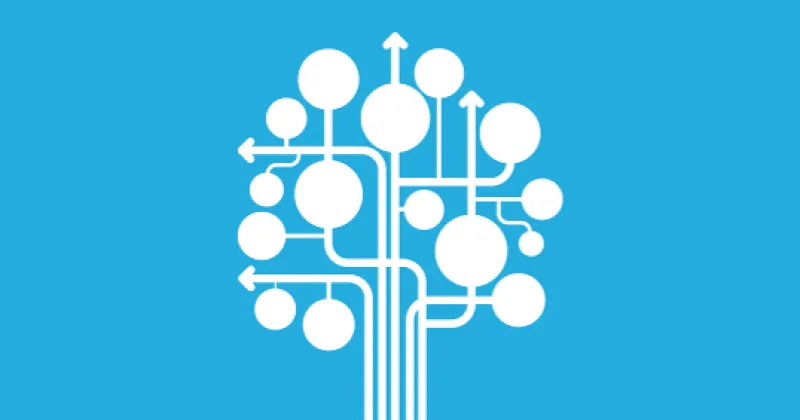Proceeding Towards a Multidisciplinary Approach and Young Adults’ Inclusion – the Finnish Ohjaamo Concept Crosses Boundaries


Picture:ohjaamot.fi
Ohjaamo guidance centres are low-threshold service points that form a new kind of multidisciplinary guidance service for young people under 30 years of age in Finland. The guidance centres support young people in life management skills and promote their engagement in training, education and working life by offering information, counselling and guidance services. The goal is to meet the expectations associated with the European Youth Guarantee. In the Ohjaamo customer service, the questions related to young people’s inclusion emerge daily in various types of guidance.
The representatives of different professional fields and organisations act as experts in the Ohjaamo guidance centres and work together in multidisciplinary co-operation. Traditionally, multidisciplinarity has been defined as activities that cross the boundaries of different administrative branches and scientific disciplines. Sometimes the Ohjaamo activities are also described with the term “multiprofessional”, which refers to co-operation between experts from different occupational groups.
Building multidisciplinary guidance
Multidisciplinary guidance in the Ohjaamo guidance centres has introduced a new kind of operating culture in the field of guidance in Finland. The change in the Ohjaamo operating culture towards an organisation of community-based learning requires moving from the culture of working alone to a genuine interactive and multidisciplinary co-operation. This requires structural changes that enable the realisation of shared leadership and multidisciplinary co-operation with the third sector, too. Multidisciplinary guidance can be approached as a skill that can be learnt and developed.
Multidisciplinary co-operation is understood as activities that bring different administrative branches and scientific disciplines together and cross their boundaries. A multidisciplinary work community may consist, for instance, of representatives of different fields of education and occupational groups, students, customers and partners. As a concept, multiprofessionalism is more restricted and can be regarded as co-operation among one or more administrative branches within a single organisation or in networks between different organisations. Interadministrative or cross-administrative co-operation is network-based work related to agreements, planning and decision-making, carried out between different administrative branches. In everyday life, these concepts are considered synonymous and used inaccurately. In literature and practical work, the concept of multiprofessionalism appears most frequently.
Research has shown that there are certain factors that promote or hinder the realisation of multiprofessional co-operation. Multiprofessional co-operation is promoted by a trusting and respectful atmosphere, the recognition of boundaries of expertise and then crossing them and the dedication of time for joint discussions and reflection. The realisation of these factors requires successful co-ordination of co-operation as well as co-operation and communication skills. In addition, multiprofessional co-operation requires the establishment of shared concepts and goals and their continuous assessment. For an individual employee, the realisation of the factors described above and the adoption of a multidisciplinary approach at work may also mean a change in the attitude towards work. Multidisciplinary co-operation means moving from traditional, independent expert work and firmly established networks to a dynamic combination of independent and community-based work.
Factors hindering multidisciplinary co-operation are unclear expert roles, imprecise boundaries between responsibilities as well as occupational groups’ varying modes of communication and inadequate interaction and teamwork skills. In addition, various regulations and norms that form the basis for the work of different occupational groups may complicate multidisciplinary co-operation. When it comes to attitudes, hindering factors include experts’ mistrust towards each other, which can be seen as the protection of one’s own territory, for instance. The building of genuine multidisciplinary co-operation may also be complicated by factors associated with practical work arrangements, such as inadequate resources and lack of joint physical work space.
Young people’s inclusion as the starting point
Young people’s inclusion is an essential part of the Ohjaamo operating principle and the Ohjaamo services take young people’s individual needs into account. However, is inclusion realised for each young person and what does it exactly mean?
The customer’s or the student’s inclusion in activities plays a significant role in multidisciplinary work. Inclusion refers to the opportunity to influence how things go and the feeling of belonging and commitment. The experience of inclusion motivates one to participate and creates a feeling of partnership while participation in its turn increases the experience of inclusion. The concept of agency is often used when referring to the same phenomenon.
Different forms and modes of participation and the resulting experiences of being heard and being able to exert influence boost the feeling of inclusion. Indeed, the promotion of inclusion can be understood as operating methods and operating models that offer space and opportunities for participation. On the other hand, inclusion-related circular cause-effect assumptions have also been criticised because they do not always take the student’s or the customer’s individual development paths into account. For instance, at a certain point of time, the significance of other communities may be stronger for the student or the customer than the significance of belonging to a multidisciplinary community.
Young people’s inclusion can be assessed directly in customer encounters in the Ohjaamo guidance centres. The assessment is important as customer inclusion has been discovered to create inclusion in and engagement with society, which are objectives of the Ohjaamo activities, too.
By observing the existence of factors that promote or hinder inclusion in a customer encounter, it can be determined how well young people’s inclusion is realised in the Ohjaamo guidance centres. The combination of these observations with customer feedback or, for instance, young people’s interviews would create an overall picture of inclusion experienced by young people. The analysis of the connection between inclusion and multidisciplinary co-operation would also be important as it would increase understanding of both of these phenomena.
Ohjaamo activities consist of operating in networks
Ohjaamo activities also entail intensive co-operation in networks. In Ohjaamo networks, the benefit of co-operation stems from the networks’ opportunity to make good use of the competence, information and operating models available through all parties. Another valuable aspect is the network’s ability to produce new information and operating methods. In an Ohjaamo guidance centre, the resources and competencies of different parties complement each other. At its best, smoothly flowing everyday activities in the centre are multidisciplinary work that brings different parties together and empowers them. Clear, shared rules of work, collective views of customers and their guidance and well-functioning customer processes create high-quality service. It is important to get to know other people’s work and competencies right from the beginning, to enable co-operation’s evolution into joint work. Trust and respect for others’ expertise are the glue that binds different parties together.
The Ohjaamo activities require not only will, attitude and commitment but also time, different co-operation forums and actions that build mutual trust. This requires mental, physical and financial resources. The activities must be organised, co-ordinated and led. Network-based work must be taken into account in the parties’ job descriptions and they must have authorisation and management support for their work. Well-functioning multidisciplinary co-operation in the Ohjaamo guidance centres is born out of good interaction, successful organisation of activities and well-being at work.
Authors:
Jaakko Helander, Ph.D., Adjunct Professor, Principal Lecturer
Taru Lilja, M.A., Project Researcher
Päivi Pukkila, M.Ed., Senior Lecturer, Project Manager
The authors work as researches and developers at the HAMK Edu Research Unit of Häme University of Applied Sciences. The texts of this article are partially based on the materials of the Tehdään yhdessä ohjausta and Uraohjausosaamista Ohjaamoihin projects (ESF).
You can read more about ohjaamo from previous EPALE releases (in Finnish):
Ohjaamot - osallisuuden ja osallistumisen puolesta
Ohjaamo auttaa nuoria monialaisesti
This article is a part of a series of articles about guidance in Finland. The series of articles is published by Euroguidance and EPALE teams at the Finnish National Agency for Education. The articles are published throughout Finland’s EU Presidency, approximately one article per month.




